Saying goodbye to Singapore, we headed to Malaysia by road. The bus took us across the Ksecon Link bridge over the strait connecting Singapore with Johor (Malaysia). A panoramic view unfolded before our eyes with the lush green tropical forest of Malaysia on the left.
Malaysia is a Muslim country that still retains 60% of its original forests. Malaysia's area is the same as Vietnam's but its population is only about 1/3. This is a multi-ethnic country with Malays making up the majority (80%), the rest being Chinese and Indian.
The car drove endlessly through the winding mountain passes. Both sides of the road were vast forests that seemed to stretch on forever. Among them were oil palm forests stretching for hundreds of kilometers. This was one of the main crops in this area, mainly for pressing oil and processing by-products from oil palms.
The Malaysian landscape is very peaceful but cars are everywhere on the road, in contrast to Singapore. The tour guide explained: “The Malaysian government encourages people to use cars because there are two domestic manufacturers. The government provides 100% car loans, paid in installments and without interest, so every household has a car, some have 4-5 cars. Moreover, gasoline here is cheap, 97 gasoline is only about 13,000 VND/liter in Vietnamese currency at the current price. On the other hand, the roads here are very good. The roads here are built by private contractors, and the government checks the quality.
We arrived at the ancient city of Malacca in the late afternoon. The sunset seemed to paint the ancient city a magical golden color as if in a legendary mist. The citadels, temples, houses… seemed to have come out of a fairy tale, from a place that used to be an ancient kingdom of Malaysia.
The night fell softly and glittered, half real and half unreal. I strolled on the old streets, listening to the history echoing back more than 5 centuries ago, when this kingdom had just been founded. The city’s prime location had attracted the attention of Asian and European merchants. The Portuguese were the first to arrive and establish their rule, and to this day, the remains of the fortress bearing their name remain. Then came the Dutch, then the British, and the Japanese, all of whom came to this place one after another, creating a multicultural picture, including in architecture and religion.
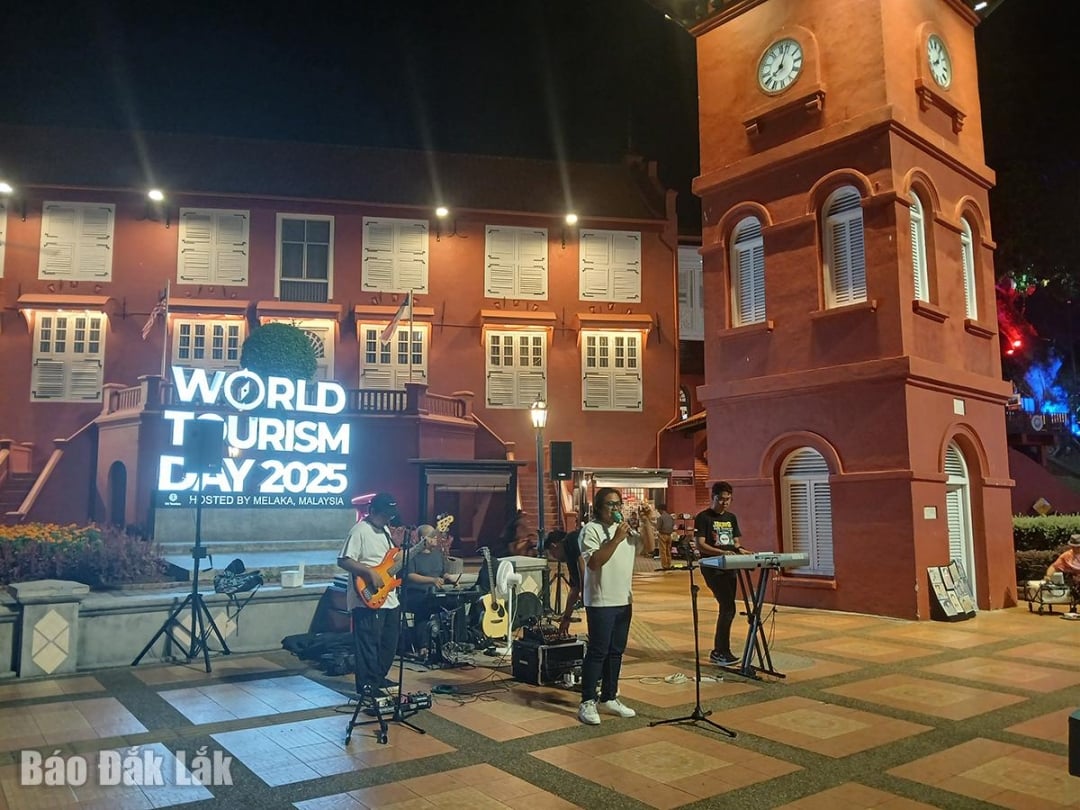 |
| Malacca Weekend Night Street Music Band. |
I walked around the Dutch Square, also known as the Red Square because the houses were painted red - the main color of the Dutch-style buildings. On the square is the ancient Christ Church, a famous landmark of Malacca. Going up and down the street, colorful 3-wheeled rickshaws (similar to Vietnamese cyclos) with sparkling lights, decorated with favorite cartoon characters. The rickshaws played cheerful Indian music as they ran.
I went into a Chinese neighborhood, clearly witnessing the systematic trading scene of the world's top business community, the Chinese cultural identity here is carefully preserved like most places they live. Going to the Muslim neighborhood, I saw a folk artist sitting on the bridge, playing and singing folk songs, traditional musical instruments similar to Xam singing in Vietnam. A few hundred meters away was a young band singing many songs in the local language, including the familiar Spanish song "Besame Mucho" (Love each other). They sang passionately and passionately, attracting the audience.
We sat down and each ordered a durian ice cream, a popular delicacy in this Muslim country. The Malacca River, shimmering in the night, meandered through the ancient city, as if whispering about the kingdom’s golden age, a long time ago…
(To be continued)
Source: https://baodaklak.vn/van-hoa-du-lich-van-hoc-nghe-thuat/202508/sing-ma-du-ky-bai-2-1060446/


![[Photo] Solemn opening of the 8th Congress of the Central Public Security Party Committee, term 2025-2030](https://vphoto.vietnam.vn/thumb/1200x675/vietnam/resource/IMAGE/2025/10/4/f3b00fb779f44979809441a4dac5c7df)
![[Photo] General Secretary To Lam attends the 8th Congress of the Central Public Security Party Committee](https://vphoto.vietnam.vn/thumb/1200x675/vietnam/resource/IMAGE/2025/10/4/79fadf490f674dc483794f2d955f6045)


![[Photo] Bustling Mid-Autumn Festival at the Museum of Ethnology](https://vphoto.vietnam.vn/thumb/1200x675/vietnam/resource/IMAGE/2025/10/4/da8d5927734d4ca58e3eced14bc435a3)
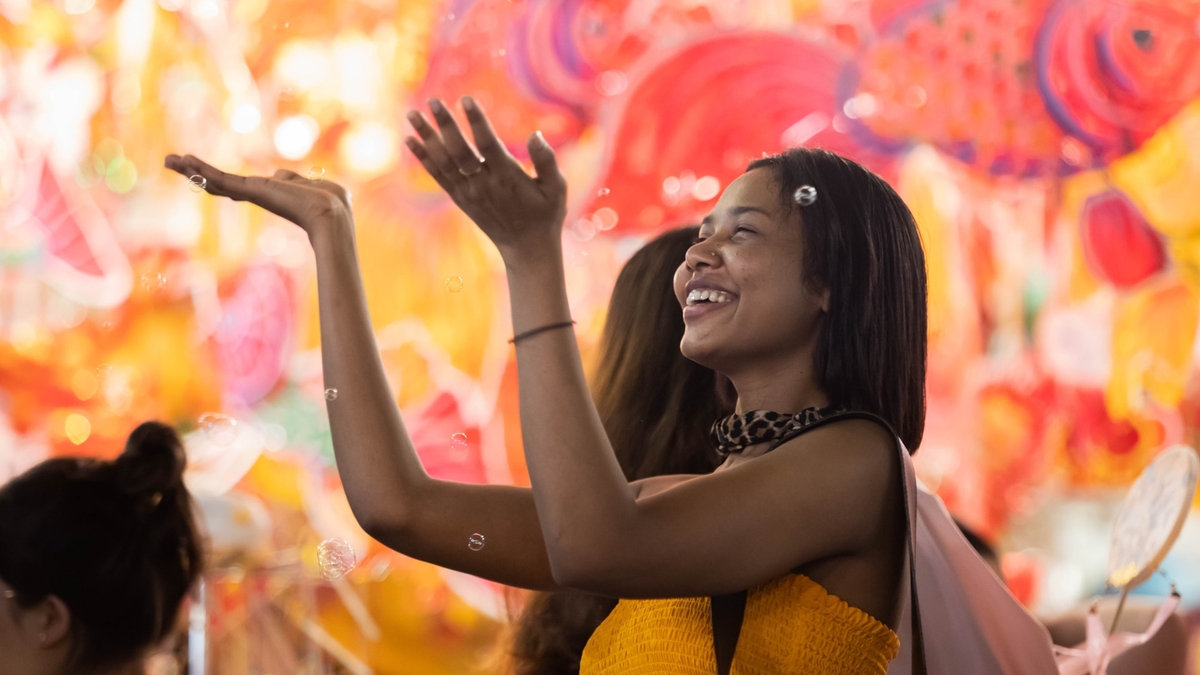


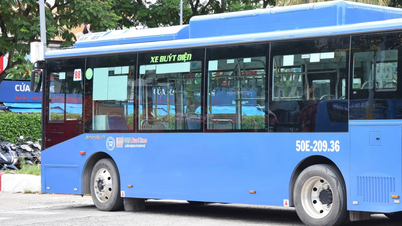






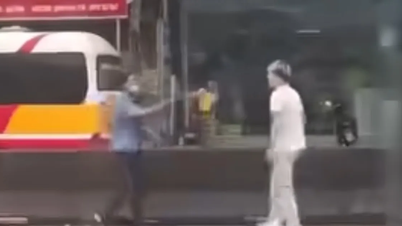

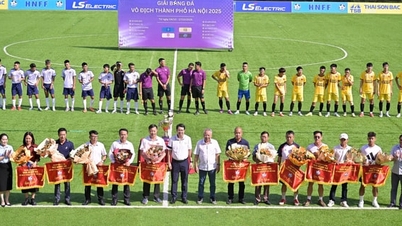

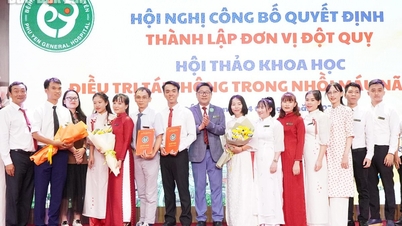
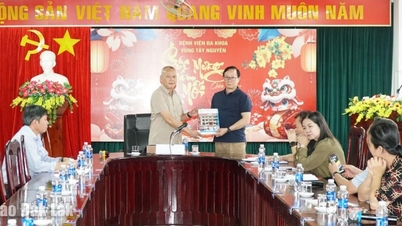
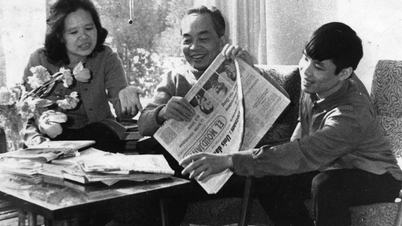
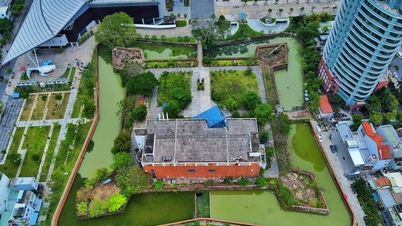

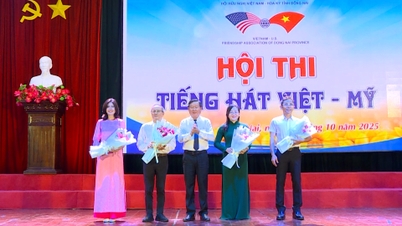


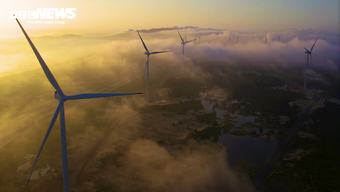

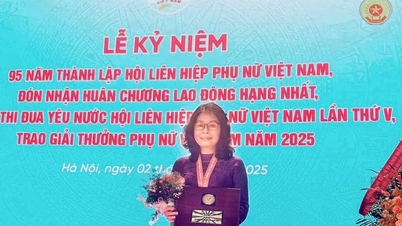
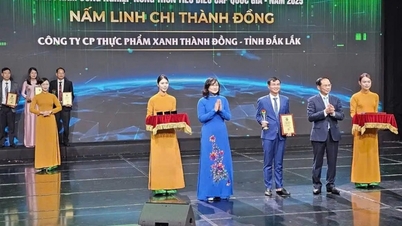
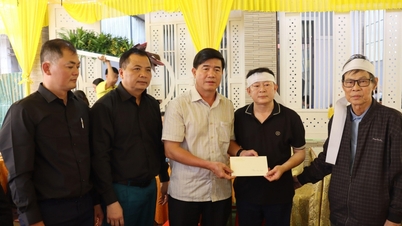
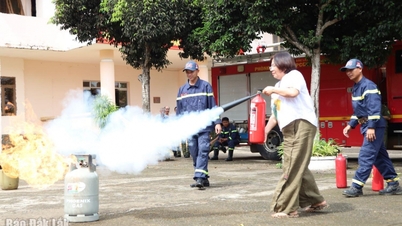

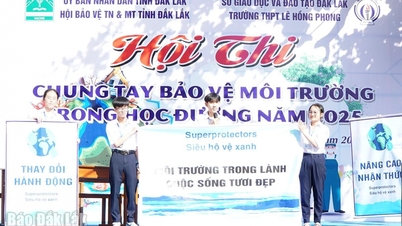

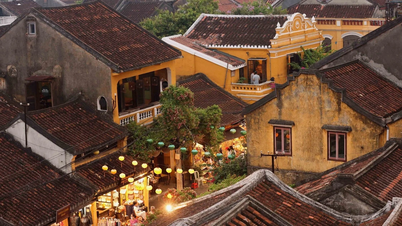

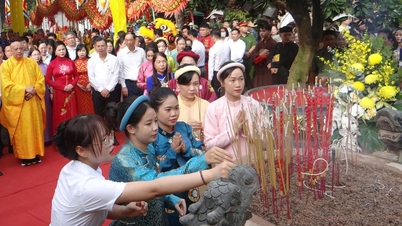

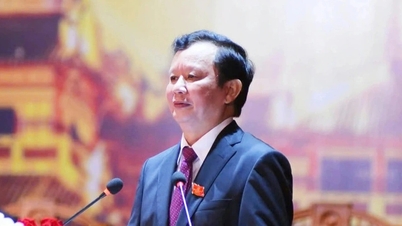

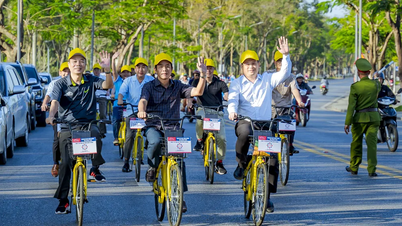

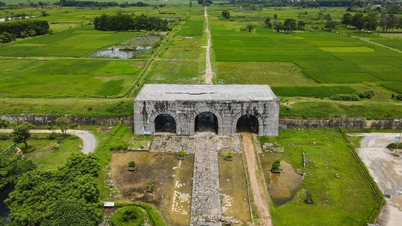

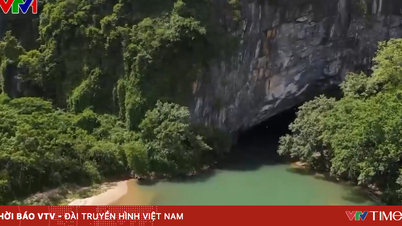





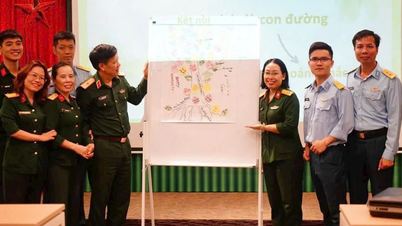



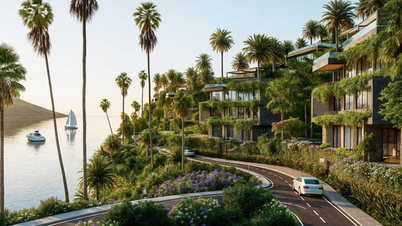

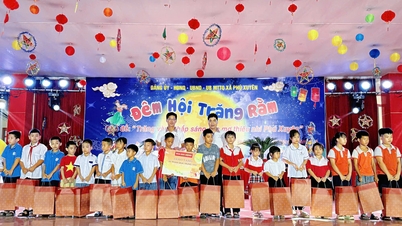
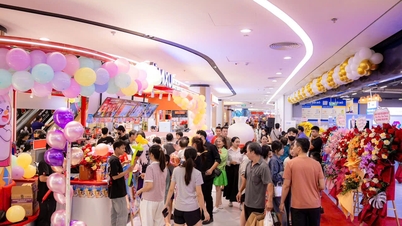
![[VIDEO] Summary of Petrovietnam's 50th Anniversary Ceremony](https://vphoto.vietnam.vn/thumb/402x226/vietnam/resource/IMAGE/2025/10/4/abe133bdb8114793a16d4fe3e5bd0f12)
![[VIDEO] GENERAL SECRETARY TO LAM AWARDS PETROVIETNAM 8 GOLDEN WORDS: "PIONEER - EXCELLENT - SUSTAINABLE - GLOBAL"](https://vphoto.vietnam.vn/thumb/402x226/vietnam/resource/IMAGE/2025/7/23/c2fdb48863e846cfa9fb8e6ea9cf44e7)
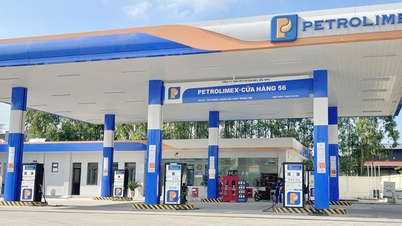

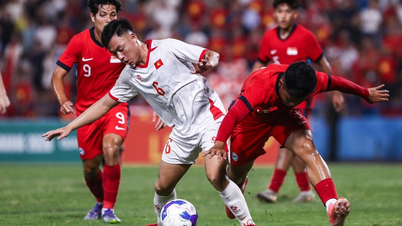

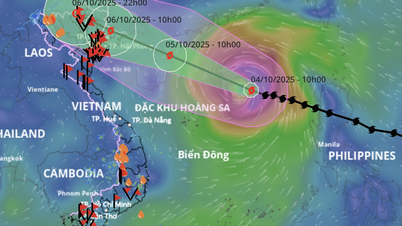
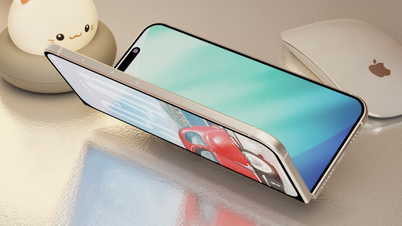
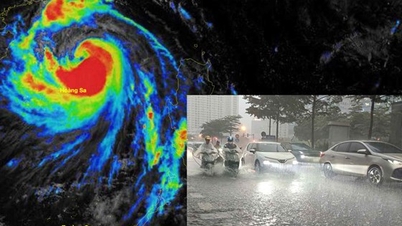

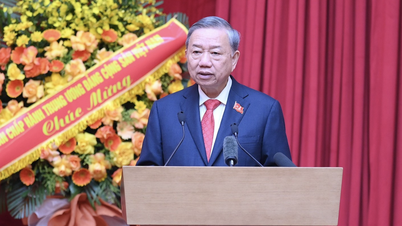
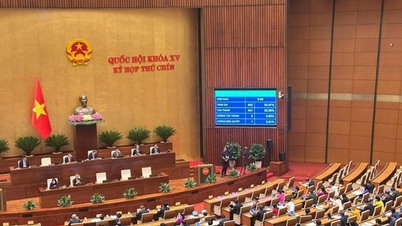





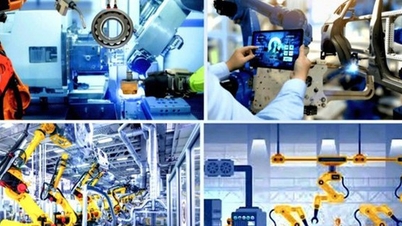
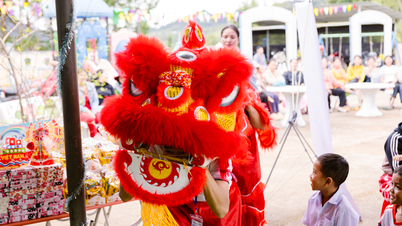
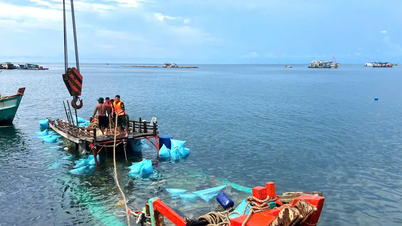
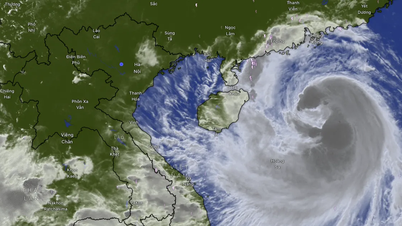
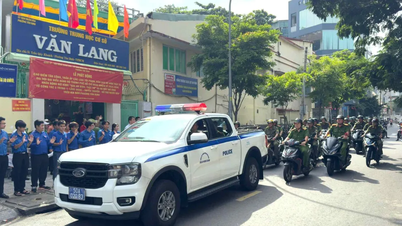
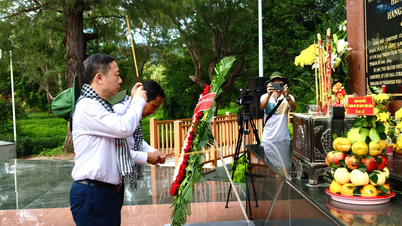
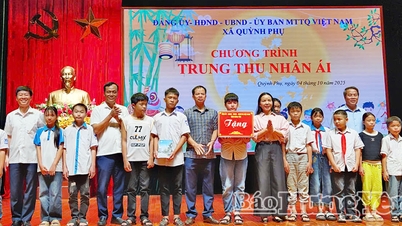




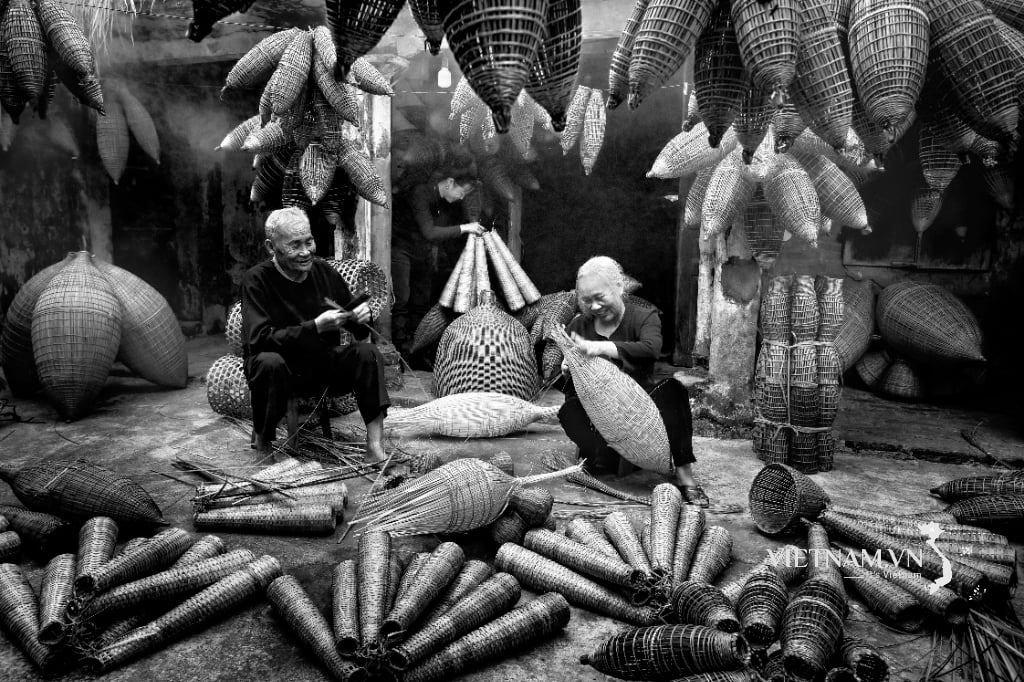

Comment (0)